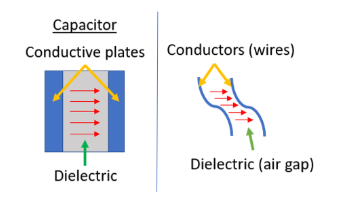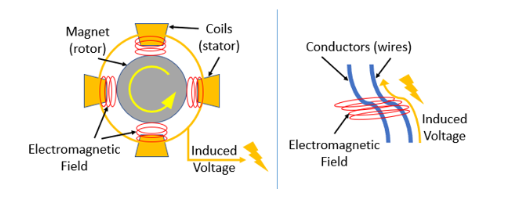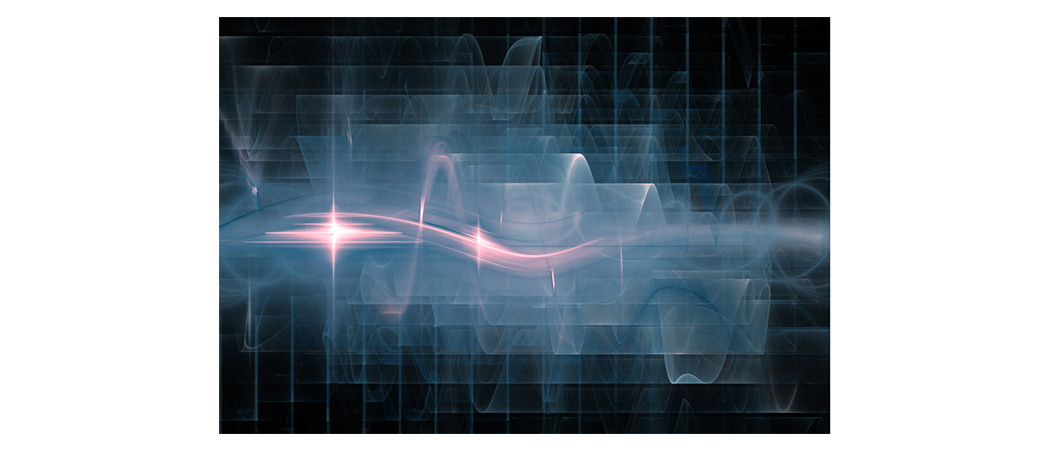Electrical noise is the source of many problems in control circuits. Signal and sensing circuits usually operate at lower voltage levels, and the lower that voltage is, the more vulnerable it is to noise. Electronic solid-state sensors and controls use circuit board technology that operate using very small IC components operating at extremely low power levels. Meaning that even less noise is required to negatively affect the PCB technology. Any unwanted signal or force combined with the expected signal in your control circuit is considered "noise.
A common way this combination of wanted and unwanted signals occurs is from wires running too close together in parallel, often in the same conduit or banded/looped together in a panel. There are basically two ways for noise to affect your circuit under these conditions, capacitive coupling and inductive coupling. This condition is often referred to as “cross-talk”.
Capacitive coupling
Capacitive coupling occurs when higher voltage-carrying conductors (wires) transfer energy (voltage) to another conductor via capacitance. A capacitor is made up of conductors separated by a dielectric, or insulating material, which includes air.

The capacitive coupling between conductors is often caused by voltage spikes or surges. This can be from large mechanical contacts switching high voltage, inrush (power surge) after a brown out or black out condition, and nearby or direct lightning strikes. This unexpected voltage can cause instant damage to electrical equipment or wear on delicate electrical components over time.
- Properly grounding instruments and equipment according to manufacturer’s instructions
- Routing sensing and control circuits using low voltages separately from high AC power wires
- Using proper shielding for cables and wires
- Using dedicated conduits for high AC power wires
- Protecting circuits with surge suppression technology
Inductive coupling
Similar to capacitive coupling, inductive coupling involves unwanted voltage, except this time the voltage is induced by the magnetic force from a nearby conductor with current running through it. The current running through a wire or a coil will produce electromagnetic interference (EMI). This electromagnetic field (EMF) will induce voltage much like the rotor and stator in an alternator or electric DC motor.

Inductive coupling often appears with wires bundled together or over long parallel runs in the same conduit. Higher AC power wires can induce voltage in signal and sensor wires that carry low voltage/current under these conditions. Large three-phase motors and solenoids can also emit a strong enough EMF to affect nearby wires.
Some ways to avoid electrical noise caused by capacitive coupling:
- Routing sensing and control circuits using low voltages separately from high AC power wires
- Using dedicated conduits for high AC power wires
- Avoid binding groups of high/low power wires in panels and over long distances in parallel
- When necessary, and if possible, intersect high/low power wires at 90° angles in panels
- Consider moving panels and conduits further from large motors and solenoids
Knowing the possible sources and best practices to avoid electrical noise in your control and sensing circuits will allow for more accurate and trouble-free sensing and control.
 SEARCH OUR RESOURCE CENTER
SEARCH OUR RESOURCE CENTER

